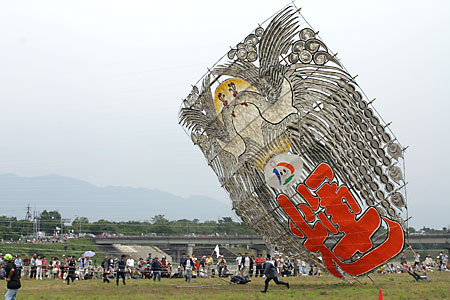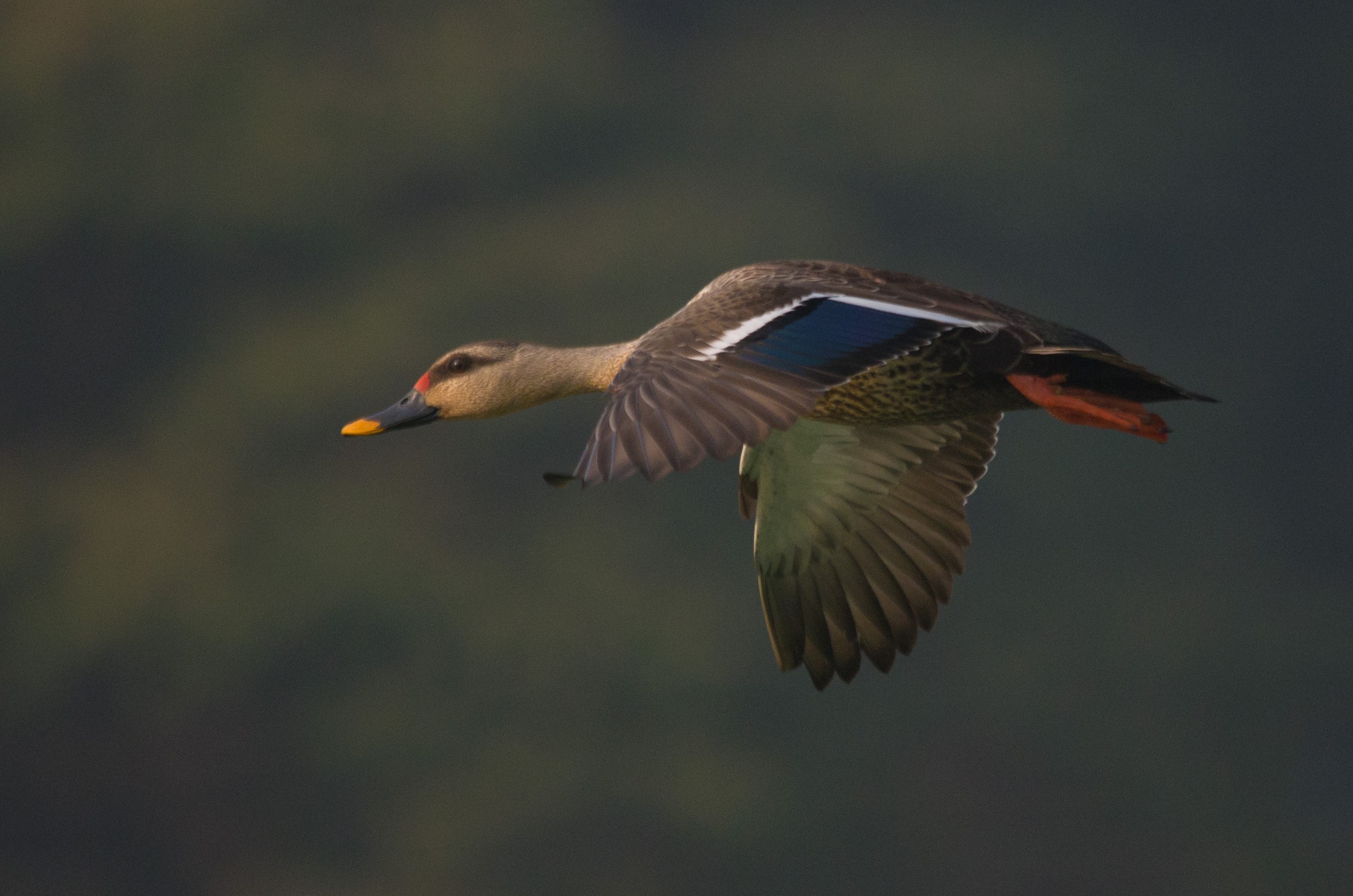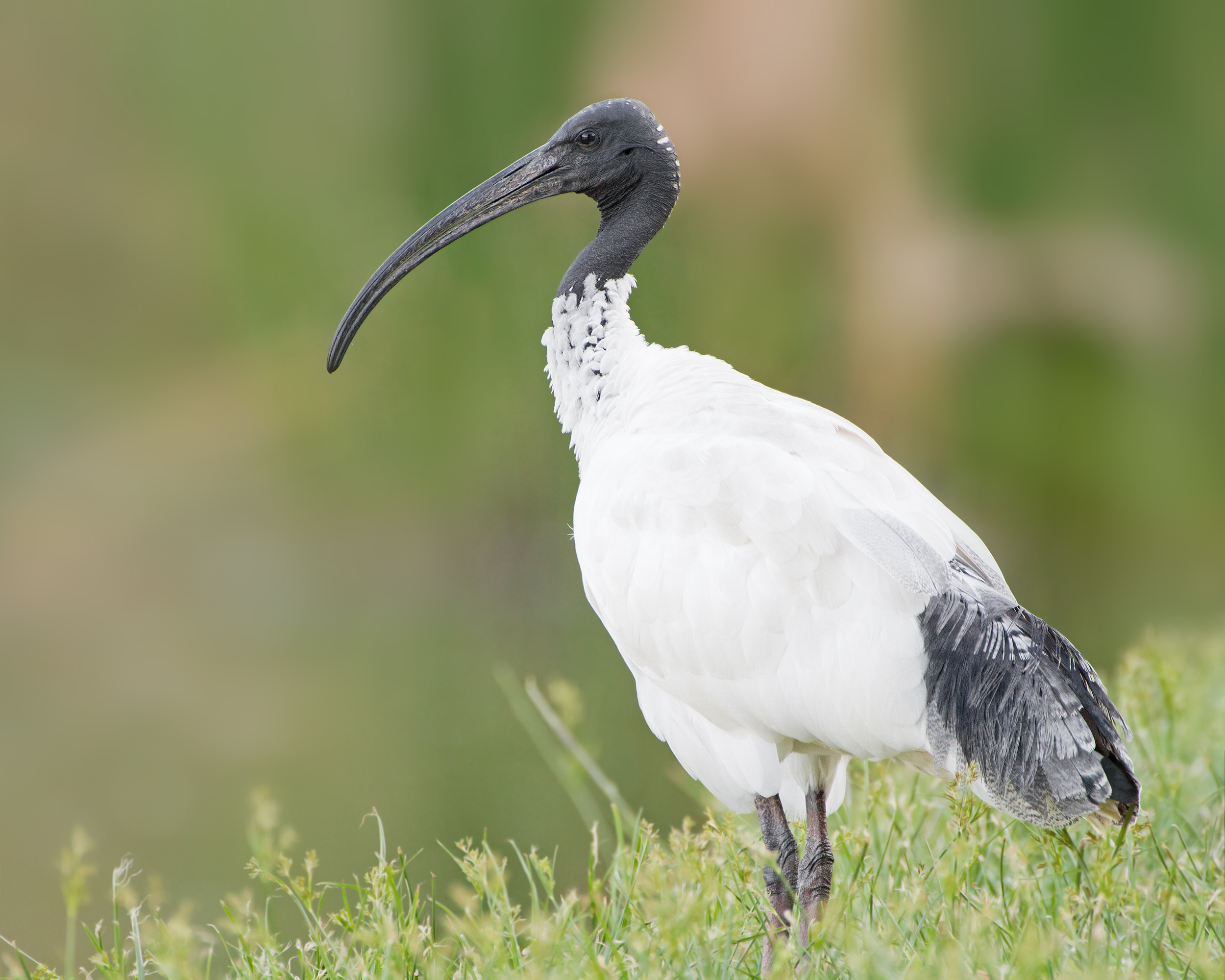|
Singanallur Lake
Singanallur Lake is a lake in Singanallur, Coimbatore, South India. It is spread over an area of and has an average depth of . It is one of the 9 large lakes in the city. Hydrography The lake is fed by canals derived from Noyyal river. The lake also receives water from Sanganur drain and sewage water. The water can be released through two sluice gates on the lake. In 2010, pipes were laid to connecting the lake to Valankulam Lake to drain excess water during floods. Flora and fauna '' Eichornia crassipes'' is the main aquatic plant species causing eutrophication of the lake. The insect species included four orders Orthoptera, Coleoptera, Hemiptera and Odonata. The lake supports a rich bio-diversity consisting of plankton, butterflies, resident and migratory birds. Various species of butterflies including common Mormon, joker butterfly, glassy tiger and plain tiger have been spotted in the lake. Over 110 species of birds have been spotted in the lake. The spot-billed pelic ... [...More Info...] [...Related Items...] OR: [Wikipedia] [Google] [Baidu] |
Singanallur, Coimbatore
Singanallur is a major residential locality of the city of Coimbatore in Tamil Nadu, India. It is located on the banks of Noyyal river, which runs to the southern boundary of the locality. It is situated in the eastern part of the city, and is a major hub for the inter-city bus services towards Southern and Central districts of Tamilnadu from the city. It is one of the well developed neighborhoods in the city and has been part of Coimbatore Corporation since 1981. The East Zone Office of Coimbatore City Municipal Corporation is located at Singanallur. Etymology According to the Chola poorva pattayam, the name "Singanallur" is derived from the name of a Chola queen "Singarammal", mother of Karikala Chola in 2nd century AD and the village being donated as "Chadurvedi Mangalam" by the emperor to the priestly class. History Singanallur Municipality was merged with Coimbatore Municipality to form the Coimbatore Municipal Corporation in 1982. Singanallur Municipality covered t ... [...More Info...] [...Related Items...] OR: [Wikipedia] [Google] [Baidu] |
Glassy Tiger Butterfly
''Parantica aglea'', the glassy tiger, is a butterfly found in Indomalayan realm that belongs to the crows and tigers, that is, the danaid group of the brush-footed butterflies family. Description Two subspecies are recognized but neither form is constant either in markings or in habitat. In the British Museum collection there are specimens of true ''Parantica aglea aglea'' from Myanmar, and others, inseparable from typical ''Parantica aglea melanoides'', from Mysore. Subspecies ''Parantica aglea aglea'' Ground colour fuliginous black with subhyaline bluish-white streaks and spots. Forewing: vein 11 anastomosed with vein 12. Upperside: forewing—interspace 1 with two comparatively long, broad streaks united at base, truncate exteriorly; cell with a very broad, somewhat clavate streak traversed by two fine black lines; basal spots in interspaces 2 and 3; an irregular discal series of three spots and two elongate streaks and a subterminal series of spots, the two series curved ... [...More Info...] [...Related Items...] OR: [Wikipedia] [Google] [Baidu] |
Ducks
Duck is the common name for numerous species of waterfowl in the family Anatidae. Ducks are generally smaller and shorter-necked than swans and geese, which are members of the same family. Divided among several subfamilies, they are a form taxon; they do not represent a monophyletic group (the group of all descendants of a single common ancestral species), since swans and geese are not considered ducks. Ducks are mostly aquatic birds, and may be found in both fresh water and sea water. Ducks are sometimes confused with several types of unrelated water birds with similar forms, such as loons or divers, grebes, gallinules and coots. Etymology The word ''duck'' comes from Old English 'diver', a derivative of the verb 'to duck, bend down low as if to get under something, or dive', because of the way many species in the dabbling duck group feed by upending; compare with Dutch and German 'to dive'. This word replaced Old English / 'duck', possibly to avoid confu ... [...More Info...] [...Related Items...] OR: [Wikipedia] [Google] [Baidu] |
Kites
A kite is a tethered heavier-than-air or lighter-than-air craft with wing surfaces that react against the air to create lift and drag forces. A kite consists of wings, tethers and anchors. Kites often have a bridle and tail to guide the face of the kite so the wind can lift it. Some kite designs don’t need a bridle; box kites can have a single attachment point. A kite may have fixed or moving anchors that can balance the kite. The name is derived from kite, the hovering bird of prey. The lift that sustains the kite in flight is generated when air moves around the kite's surface, producing low pressure above and high pressure below the wings. The interaction with the wind also generates horizontal drag along the direction of the wind. The resultant force vector from the lift and drag force components is opposed by the tension of one or more of the lines or tethers to which the kite is attached. The anchor point of the kite line may be static or moving (e.g., the towing of a ... [...More Info...] [...Related Items...] OR: [Wikipedia] [Google] [Baidu] |
Storks
Storks are large, long-legged, long-necked wading birds with long, stout bills. They belong to the family called Ciconiidae, and make up the order Ciconiiformes . Ciconiiformes previously included a number of other families, such as herons and ibises, but those families have been moved to other orders. Storks dwell in many regions and tend to live in drier habitats than the closely related herons, spoonbills and ibises; they also lack the powder down that those groups use to clean off fish slime. Bill-clattering is an important mode of communication at the nest. Many species are migratory. Most storks eat frogs, fish, insects, earthworms, small birds and small mammals. There are 19 living species of storks in six genera. Various terms are used to refer to groups of storks, two frequently used ones being a ''muster'' of storks and a ''phalanx'' of storks. Storks tend to use soaring, gliding flight, which conserves energy. Soaring requires thermal air currents. Ottomar Ansc ... [...More Info...] [...Related Items...] OR: [Wikipedia] [Google] [Baidu] |
Herons
The herons are long-legged, long-necked, freshwater and coastal birds in the family Ardeidae, with 72 recognised species, some of which are referred to as egrets or bitterns rather than herons. Members of the genera ''Botaurus'' and ''Ixobrychus'' are referred to as bitterns, and, together with the zigzag heron, or zigzag bittern, in the monotypic genus ''Zebrilus'', form a monophyletic group within the Ardeidae. Egrets do not form a biologically distinct group from herons, and tend to be named differently because they are mainly white or have decorative plumes in breeding plumage. Herons, by evolutionary adaptation, have long beaks. The classification of the individual heron/egret species is fraught with difficulty, and no clear consensus exists about the correct placement of many species into either of the two major genera, '' Ardea'' and ''Egretta''. Similarly, the relationships of the genera in the family are not completely resolved. However, one species formerly considered ... [...More Info...] [...Related Items...] OR: [Wikipedia] [Google] [Baidu] |
Cormorants
Phalacrocoracidae is a family of approximately 40 species of aquatic birds commonly known as cormorants and shags. Several different classifications of the family have been proposed, but in 2021 the IOC adopted a consensus taxonomy of seven genera. The great cormorant (''Phalacrocorax carbo'') and the common shag (''Gulosus aristotelis'') are the only two species of the family commonly encountered in Britain and Ireland and "cormorant" and "shag" appellations have been later assigned to different species in the family somewhat haphazardly. Cormorants and shags are medium-to-large birds, with body weight in the range of and wing span of . The majority of species have dark feathers. The bill is long, thin and hooked. Their feet have webbing between all four toes. All species are fish-eaters, catching the prey by diving from the surface. They are excellent divers, and under water they propel themselves with their feet with help from their wings; some cormorant species have been f ... [...More Info...] [...Related Items...] OR: [Wikipedia] [Google] [Baidu] |
Black-winged Stilt
The black-winged stilt (''Himantopus himantopus'') is a widely distributed very long-legged wader in the avocet and stilt family ( Recurvirostridae). The scientific name ''H. himantopus'' is sometimes applied to a single, almost cosmopolitan species. Alternatively, it is restricted to the form that is widespread in Europe, Asia and Africa, which equals the nominate group of ''Himantopus himantopus'' ''sensu lato'' (whereas the black-necked, ''H. mexicanus'', and white-backed stilt, ''H. melanurus'', both inhabit the Americas, and the pied stilt, ''H. leucocephalus'', inhabit southeast Asia to Australia and New Zealand). Most sources today accept 1–4 species. The scientific name ''Himantopus'' comes from the Greek meaning "strap foot" or "thong foot". Description Adults are long. They have long pink legs, a long thin black bill and are blackish above and white below, with a white head and neck with a varying amount of black. Males have a black back, often with greenish glo ... [...More Info...] [...Related Items...] OR: [Wikipedia] [Google] [Baidu] |
Teal
alt=American teal duck (male), Green-winged teal (male) Teal is a greenish-blue colour. Its name comes from that of a bird — the Eurasian teal (''Anas crecca'') — which presents a similarly coloured stripe on its head. The word is often used colloquially to refer to shades of cyan in general. It can be created by mixing cyan into a green base, or deepened as needed with black or grey. The complementary colour of teal is pink. It is also one of the first group of 16 HTML/CSS web colors formulated in 1987. In the RGB model used to create colours on computer screens and televisions, teal is created by reducing the brightness of cyan to about one half. Teal was a fad colour during the 1990s, with, among others, many sports teams adopting the colour for their uniforms. Etymology The first recorded use of ''teal'' as a colour name in English was in 1917. The term ''teal'' (referring to a sort of duck) is derived from the Middle English ''tele'', a word akin to the D ... [...More Info...] [...Related Items...] OR: [Wikipedia] [Google] [Baidu] |
Indian Spot-billed Duck
The Indian spot-billed duck (''Anas poecilorhyncha'') is a large dabbling duck that is a non-migratory breeding duck throughout freshwater wetlands in the Indian subcontinent. The name is derived from the red spot at the base of the bill that is found in the mainland Indian population. When in water it can be recognized from a long distance by the white tertials that form a stripe on the side, and in flight it is distinguished by the green speculum with a broad white band at the base. This species and the eastern spot-billed duck (''A. zonorhyncha'') were formerly considered conspecific, together called the spot-billed duck (''A. poecilorhyncha''). Taxonomy The Indian spot-billed duck was described by the naturalist Johann Reinhold Forster in 1781 under its current binomial name ''Anas poecilorhyncha''. The name of the genus ''Anas'' is the Latin word for a duck. The specific epithet ''poecilorhyncha'' combines the classical Greek words ''poikilos'' meaning "pied" or "spotted ... [...More Info...] [...Related Items...] OR: [Wikipedia] [Google] [Baidu] |
Ibis
The ibises () (collective plural ibis; classical plurals ibides and ibes) are a group of long-legged wading birds in the family Threskiornithidae, that inhabit wetlands, forests and plains. "Ibis" derives from the Latin and Ancient Greek word for this group of birds. It also occurs in the scientific name of the cattle egret (''Bubulcus ibis'') mistakenly identified in 1757 as being the sacred ibis. Description Ibises all have long, downcurved bills, and usually feed as a group, probing mud for food items, usually crustaceans. They are monogamous and highly territorial while nesting and feeding. Most nest in trees, often with spoonbills or herons. All extant species are capable of flight, but two extinct genera were flightless, namely the kiwi-like ''Apteribis'' in the Hawaiian Islands, and the peculiar '' Xenicibis'' in Jamaica. The word ''ibis'' comes from Latin ''ibis'' from Greek ἶβις ''ibis'' from Egyptian ''hb'', ''hīb''. Beekes, R. S. P. (2009) ''Etymological Diction ... [...More Info...] [...Related Items...] OR: [Wikipedia] [Google] [Baidu] |
Asian Openbill
The Asian openbill or Asian openbill stork (''Anastomus oscitans'') is a large wading bird in the stork family Ciconiidae. This distinctive stork is found mainly in the Indian subcontinent and Southeast Asia. It is greyish or white with glossy black wings and tail and the adults have a gap between the arched upper mandible and recurved lower mandible. Young birds are born without this gap which is thought to be an adaptation that aids in the handling of snails, their main prey. Although resident within their range, they make long distance movements in response to weather and food availability. Taxonomy The Asian openbill was described by the French polymath Georges-Louis Leclerc, Comte de Buffon in 1780 in his ''Histoire Naturelle des Oiseaux'' from a specimen collected in Pondichery, India. The bird was also illustrated in a hand-coloured plate engraved by François-Nicolas Martinet in the ''Planches Enluminées D'Histoire Naturelle'' which was produced under the supervision ... [...More Info...] [...Related Items...] OR: [Wikipedia] [Google] [Baidu] |



_(12011503884).jpg)





